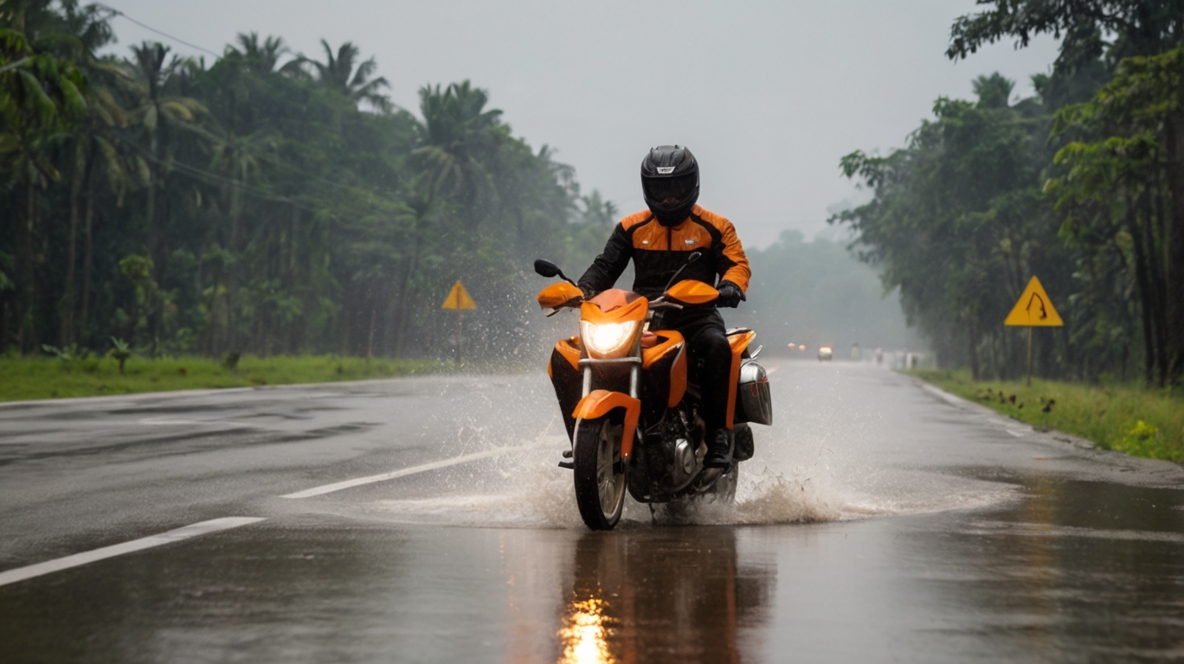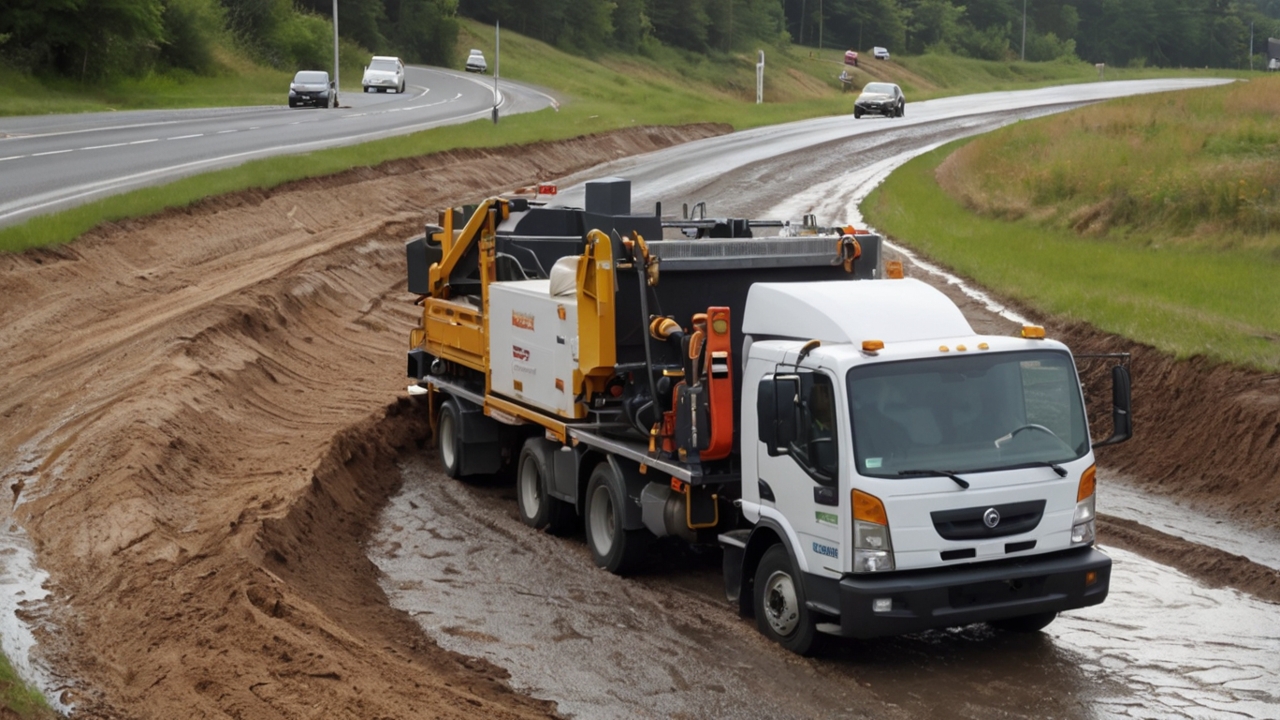The Impact of Weather on Two-Wheeler Safety
Bukemersanacokyakisir – When it comes to road safety, especially for two-wheelers, weather is often the silent factor that makes the biggest difference. Unlike cars, motorcycles and scooters offer minimal protection, leaving riders exposed to changing conditions. Rain, wind, heat, or fog can all influence visibility, traction, and reflexes. A ride that feels effortless on a sunny day can suddenly turn into a challenge when clouds gather or temperatures drop. This unpredictability makes understanding weather’s role crucial for riders everywhere.
“Read also: How Light Education Can Revolutionize Traditional Classroom Learning“
Rain: A Friend and a Foe
Rain often brings a sense of freshness, but for riders, it can be treacherous. Wet roads reduce tire grip, increasing the chances of skids, especially during sudden braking. Potholes and oil patches become invisible hazards under a layer of water. Visibility also drops as raindrops blur helmet visors. Yet, with the right gear anti-fog visors, waterproof jackets, and careful braking riding in the rain can be manageable. The key lies in preparation and awareness of how drastically rain alters the road environment.
Fog and Reduced Visibility
Foggy mornings or evenings create one of the most dangerous scenarios for two-wheeler riders. Reduced visibility means cars may not spot motorcycles until it’s too late. For riders, the difficulty of judging distances compounds the risk. Extra caution is essential slowing down, keeping headlights or hazard lights on, and maintaining wider gaps with other vehicles can mitigate risks. Fog teaches us that riding is not only about controlling the bike but also anticipating the limits of what others on the road can see.
Heat and Rider Fatigue
Extreme heat poses challenges that are often underestimated. Prolonged exposure to high temperatures can lead to dehydration, dizziness, and delayed reflexes. For two-wheeler riders wearing protective gear, the heat becomes even more intense. Unlike cars with air conditioning, motorcycles offer no shield. Choosing breathable protective wear, staying hydrated, and planning breaks are essential strategies. Weather in the form of heat reminds us that safety is not just about mechanics but also the rider’s physical endurance.
Cold Temperatures and Icy Roads
Cold weather brings its own set of risks. Low temperatures stiffen tires, reducing grip, while icy patches can cause instant loss of control. Hands and feet, when exposed to freezing winds, may lose sensitivity, affecting braking and balance. For riders in colder regions, thermal gear, heated grips, and cautious cornering are vital. Winter riding becomes a test of patience and preparation, proving that awareness of seasonal changes is as important as knowing road rules.
Wind: The Invisible Challenge
Strong crosswinds are often underestimated but can destabilize a motorcycle in seconds. Gusts can push a two-wheeler off balance, particularly on open highways or bridges. Riders must adjust their body position, grip handlebars firmly, and anticipate sudden shifts. Unlike rain or fog, wind is invisible, making it harder to prepare for. This unpredictability highlights how weather can test not only technical skill but also adaptability in real time.
“Read more: Sound-Reactive Visual Installations in Public Spaces, Transforming Cities with Interactive Art“
Protective Gear as a Weather Shield
One consistent solution across all conditions is the use of proper protective gear. Helmets with anti-fog coatings, waterproof riding suits, gloves for both heat and cold, and reflective jackets enhance safety regardless of the weather. Gear transforms weather from a vulnerability into a challenge that can be managed. Beyond comfort, it reinforces the message that preparation is a rider’s strongest defense against unpredictable environments.
Adapting Riding Habits to Weather Conditions
Perhaps the most crucial factor is mindset. Riders must adapt their style according to the weather. Slowing down in rain, increasing following distances in fog, or taking more breaks during heat are simple adjustments that save lives. Unlike in a traditional classroom where rules rarely change, the road demands flexibility. The weather writes its own rules, and riders who learn to read them are far more likely to arrive safely.
A Human Connection to Nature’s Elements
Ultimately, riding a two-wheeler is an intimate dialogue with nature. Each ride reflects a relationship with the elements sunshine inspiring freedom, rain demanding respect, and wind challenging balance. The weather reminds riders of their vulnerability but also their resilience. By acknowledging its power and preparing accordingly, riders not only protect themselves but also deepen their appreciation of every journey. Safety, then, becomes not a restriction, but a partnership with the forces of nature.













Post Comment